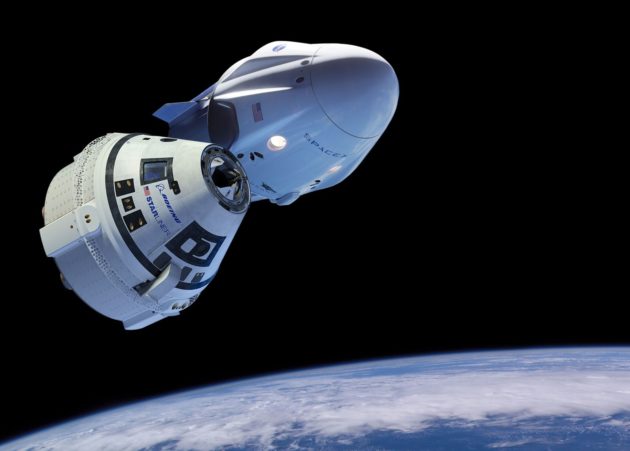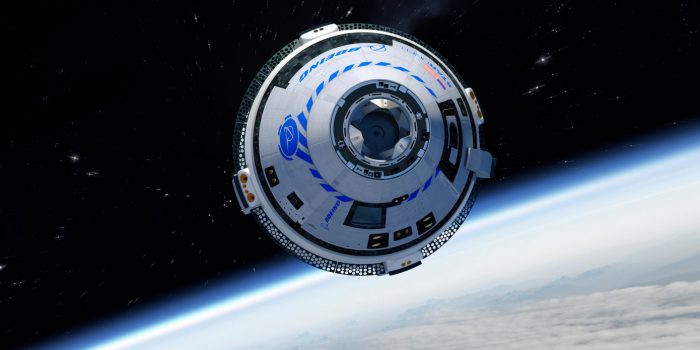With researchers and scientists creating breakthrough technologies and vehicles to access space, there has been a recent surge of advancement in the sector. The world is even ready for commercial and touristic flights to and from orbit. In addition to this, more work is being done to inspect the atmosphere of space so it can be used for settlements. Also, the plan of Elon Musk to colonize mars seems to be on track.
Amidst all these success stories, the fact often gets shadowed that it took a myriad of failures for the teams of researchers and scientists to be this successful. Every successful flight to space or even the smallest functionality in the project being right has an uncountable amount of effort and failures behind it.
![Boeing's first Starliner spacecraft - seen here on top of a United Launch Alliance Atlas 5 rocket in December 2019 - had originally planned to dock with the International Space Station for several days, but suffered a problem with its mission timer, got stranded in the wrong orbit, and came home after circling Earth for two days [File: Terry Renna/AP]](https://www.aljazeera.com/wp-content/uploads/2019/12/3087772aed1244acbe1d3eba2f49045e_18.jpeg?resize=770%2C513)
Boeing’s CST-100 Starliner is considerably behind its schedule. On August 3, the spacecraft was supposed to depart for its first solo flight to space which was going to be uncrewed. However, just before 3 hours of the mission, it had to be called off due to a technical issue in the valves of the propulsion system.
It is being speculated that the vehicle has been destroyed in the rain while it was being transported. It was supposed to reach International Space Station and be back by now, but it seems that the problem is not getting fixed anytime soon. In fact, the spot it had is also in a vulnerable position and can be passed on to the next party.

Faulty software and hardware, along with the violations of safety have been associated with Boeing earlier as well. It is most likely that the company will not be able to deliver what it promised. However, it chooses to stay optimistic and expects the fix to be fast and in time. Nevertheless, missions of NASA and SpaceX are next and ready to soar.


